Cleared for Takeoff? FAA and United Airlines in Disagreement Over Expansion Plans
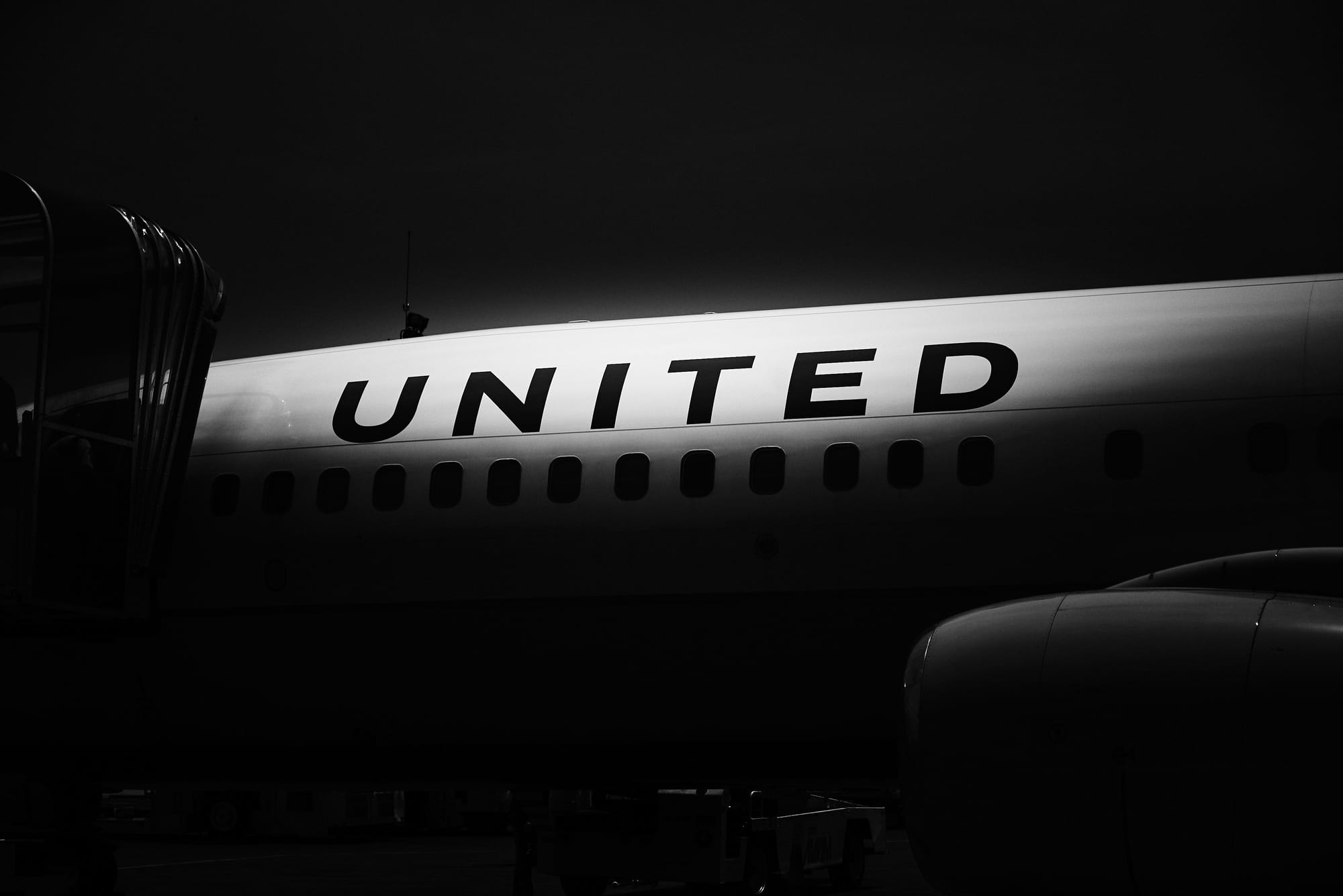
Turbulence disrupts United Airlines' ambitions for growth. The airline claims the Federal Aviation Administration (FAA) has given the go-ahead to restart expansion plans, but the FAA maintains it hasn't approved any new routes or fleet additions. This disagreement highlights the ongoing review of United's operations following a series of safety concerns.
United's Claims vs. FAA's Reassurance
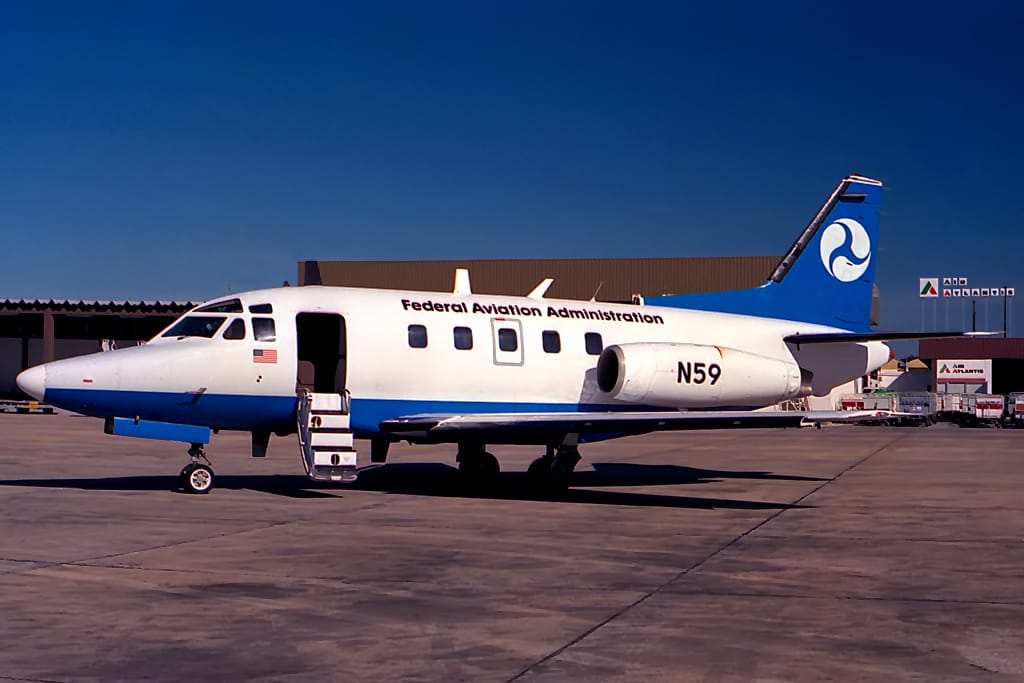
On May 16th, United Airlines sent a memo to employees announcing positive developments. They stated the FAA had allowed them to “begin the process of restarting our certification activities, including new aircraft and routes.” This implies a return to pre-scrutiny expansion plans.
The FAA, however, swiftly contradicted United's claims. Their statement clarified that “the FAA has not approved any expansion of United Airlines' routes or fleets.” Their ongoing review, known as the Certificate Holder Evaluation Program (CHEP), remains in effect, emphasizing that safety will dictate the timeline for completion.
What is the Certificate Holder Evaluation Program?
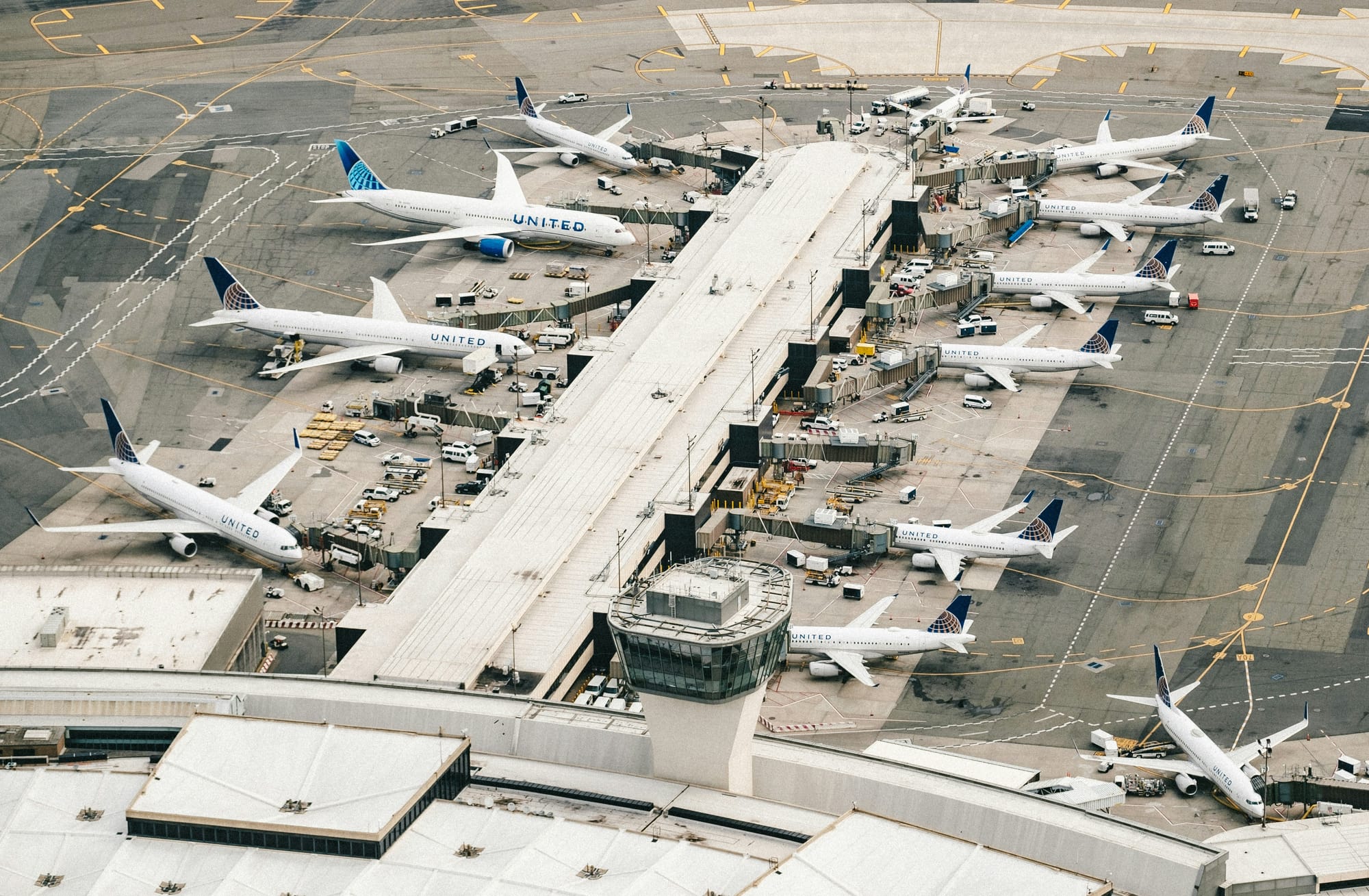
The Federal Aviation Administration (FAA) has a program called the Certificate Holder Evaluation Program (CHEP) to ensure the safety of air travel. This program evaluates companies that the FAA has certified to operate airplanes (air carriers), maintain airplanes (repair stations), or conduct other aviation activities (certificate holders).
The FAA conducts these evaluations to verify that the companies are following FAA safety regulations and to identify any areas where safety could be improved. Ultimately, the CHEP helps to keep passengers safe by making sure that aviation companies are operating at the highest possible safety standards.
A String of Incidents Prompts Increased Oversight
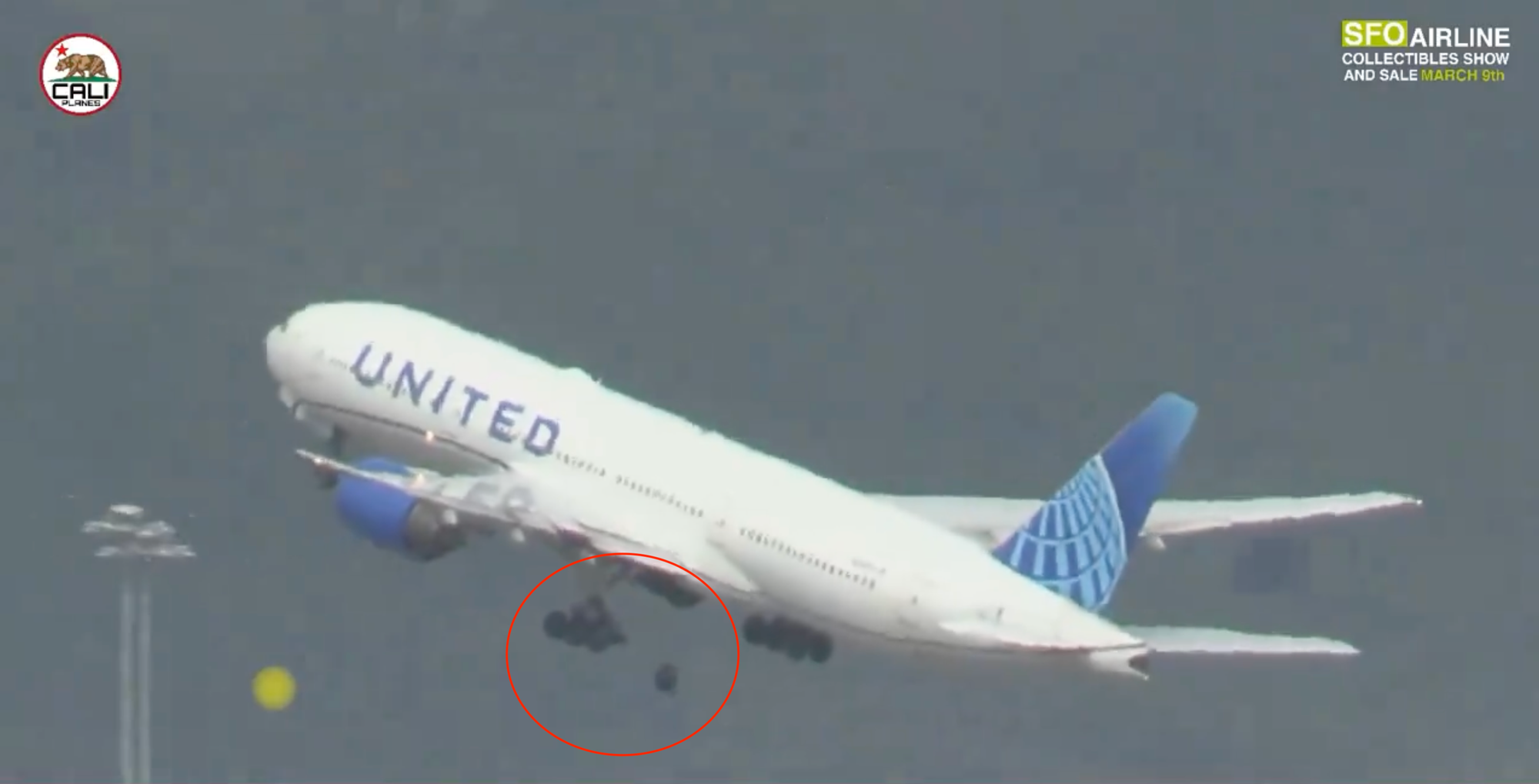
The FAA initiated the CHEP in March after a string of concerning incidents involving United flights. These included:
- Detached aluminum skin on a San Francisco to Oregon flight, raising concerns about maintenance procedures.
- A lost tire during takeoff from San Francisco, highlighting potential lapses in pre-flight checks.
- An engine fire in Houston, prompting scrutiny of safety protocols.
These events raised red flags about United's safety culture and overall operational practices. The FAA's increased oversight involves having their personnel present during final inspections of United's new aircraft.
Bumpy Road Ahead for United's Expansion Dreams
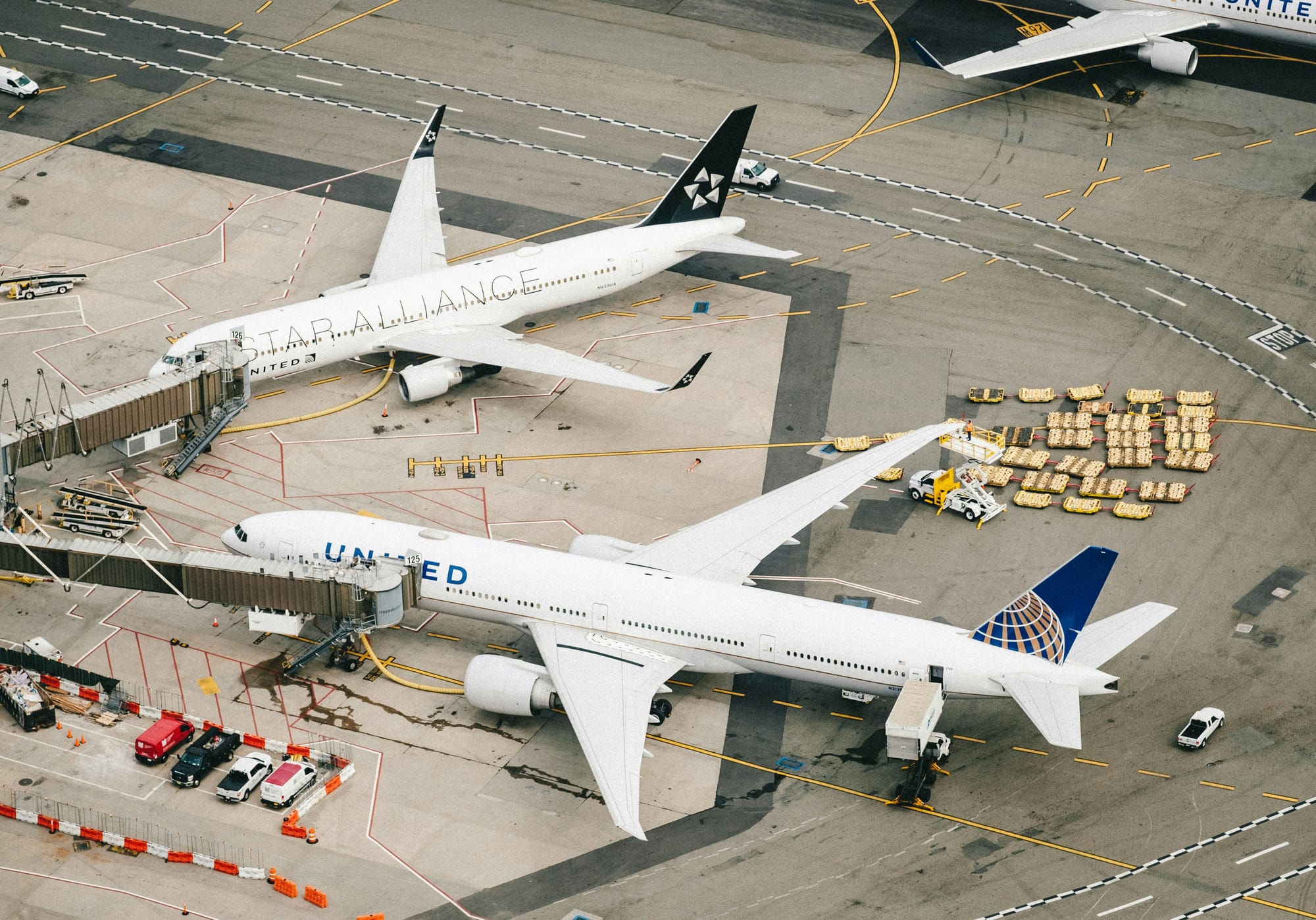
While United appears eager to resume expansion and potentially capture market share, the FAA's stance indicates a more cautious approach. The CHEP review will determine if United has addressed the safety concerns, implemented necessary improvements, and demonstrated a commitment to prioritizing passenger safety. Until then, United's growth plans remain grounded.
This disagreement underscores the paramount importance of safety in the aviation industry. Passengers rely on the FAA and airlines to work collaboratively to ensure a safe travel experience. The FAA's review plays a critical role in this process. The outcome will be crucial for determining when, or if, United receives clearance for its expansion endeavors.
The aviation industry thrives on a balance between growth and safety. This situation highlights the delicate dance between these two priorities. While airlines naturally seek expansion opportunities, the FAA's role is to ensure those ambitions don't compromise safety standards. Only when United demonstrates it has addressed the FAA's concerns can it hope to see its expansion dreams take flight.





